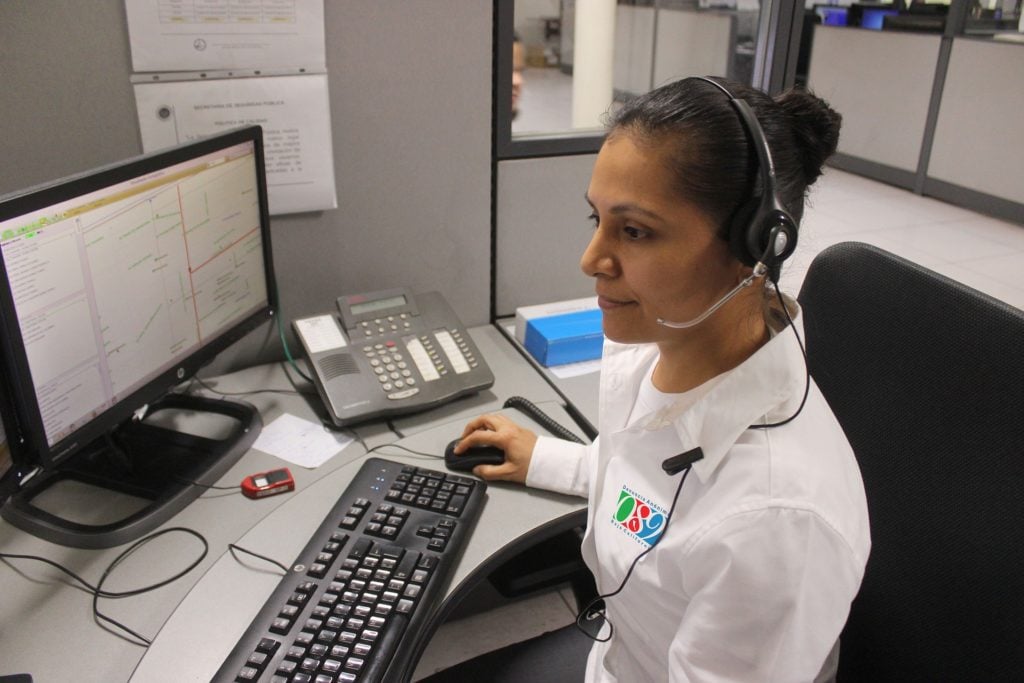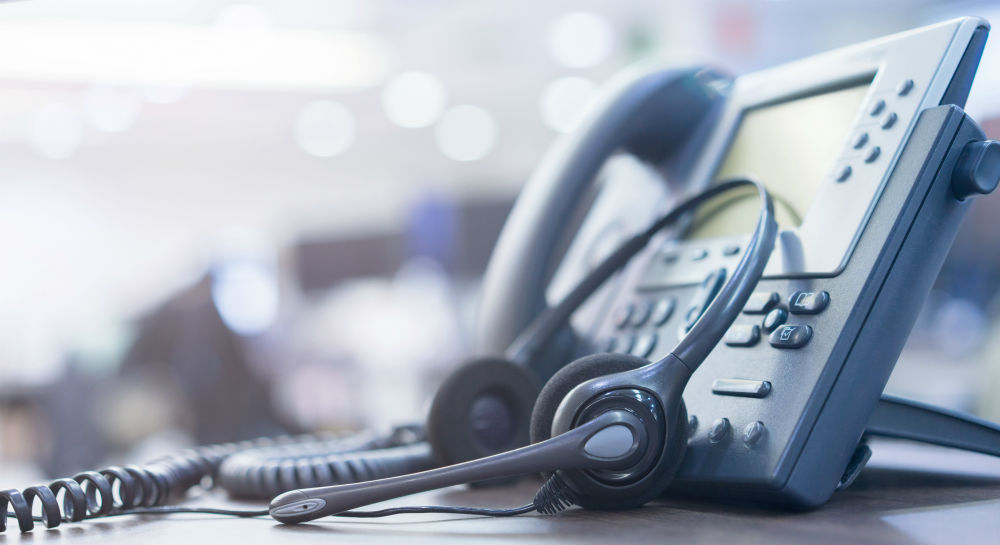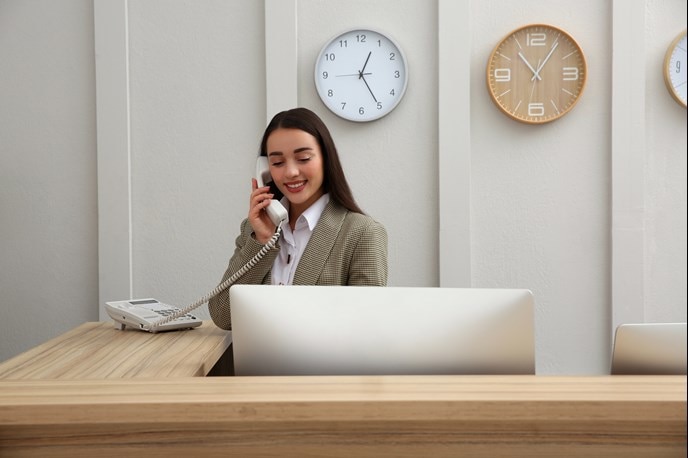All Categories
Featured
Table of Contents
What Is The Best What Is An Answering Service? In The World Right Now
This device and its followers were designed by Sava Jacobson, an electrical engineer with a private consulting company. While early answering machines used magnetic tape innovation, a lot of contemporary devices utilizes solid state memory storage; some gadgets utilize a combination of both, with a solid-state circuit for the outbound message and a cassette for the incoming messages.
"toll saving" below) (local phone answering service). This works if the owner is evaluating calls and does not want to speak to all callers. In any case after going, the calling party needs to be informed about the call having actually been addressed (in the majority of cases this starts the charging), either by some remark of the operator, or by some welcoming message of the little, or dealt with to non-human callers (e.
This holds specifically for the Littles with digitally kept welcoming messages or for earlier machines (prior to the increase of microcassettes) with an unique limitless loop tape, separate from a second cassette, devoted to recording. There have actually been answer-only devices without any recording capabilities, where the greeting message had to notify callers of a state of present unattainability, or e (professional phone answering service).
Which Is The Best Phone Answering Services - Australian Virtual Receptionists Company

about accessibility hours. In taping Little bits the greeting usually includes an invite to leave a message "after the beep". A voice mail that uses a microcassette to record messages On a dual-cassette answerphone, there is an outgoing cassette, which after the specified number of rings plays a pre-recorded message to the caller.

Single-cassette answering machines include the outgoing message at the start of the tape and inbound messages on the staying space. They first play the announcement, then fast-forward to the next readily available space for recording, then tape the caller's message. If there are many previous messages, fast-forwarding through them can trigger a considerable delay.
This beep is frequently referred to in the greeting message, requesting that the caller leave a message "after the beep". TADs with digital storage for the recorded messages do not reveal this delay, obviously. A little bit might use a push-button control facility, where the answerphone owner can sound the home number and, by getting in a code on the remote telephone's keypad, can listen to taped messages, or delete them, even when away from house.
Who Has The Best Answering Services?

Consequently the machine increases the number of rings after which it responds to the call (generally by 2, leading to four rings), if no unread messages are presently saved, but answers after the set variety of rings (usually two) if there are unread messages. This enables the owner to discover out whether there are messages waiting; if there are none, the owner can hang up the phone on the, e.
Some devices also enable themselves to be from another location triggered, if they have actually been switched off, by calling and letting the phone ring a specific a great deal of times (normally 10-15). Some service companies abandon calls already after a smaller sized variety of rings, making remote activation impossible. In the early days of TADs an unique transmitter for DTMF tones (dual-tone multi-frequency signalling) was regionally required for remote control, given that the previously utilized pulse dialling is not apt to communicate appropriate signalling along an active connection, and the dual-tone multi-frequency signalling was executed step-by-step.
Any inbound call is not identifiable with regard to these homes in advance of going "off hook" by the terminal equipment. So after going off hook the calls need to be switched to proper gadgets and just the voice-type is right away available to a human, but possibly, nonetheless should be routed to a LITTLE BIT (e.
What Is The Best Telephone Answering Service For Smes - Myco Works Today
What if I told you that you do not have to in fact pick up your device when addressing a customer call? Somebody else will. So convenient, right? Responding to phone calls doesn't require somebody to be on the other end of the line. Effective automated phone systems can do the trick simply as efficiently as a live representative and in some cases even much better.
An automatic answering service or interactive voice action system is a phone system that communicates with callers without a live individual on the line - phone answering service. When business utilize this innovation, clients can get the response to a concern about your business merely by utilizing interactions set up on a pre-programmed call flow.
Although live operators upgrade the client service experience, numerous calls do not need human interaction. An easy documented message or guidelines on how a consumer can recover a piece of info generally fixes a caller's instant requirement - virtual telephone answering service. Automated answering services are a basic and efficient way to direct inbound calls to the ideal person.
Who Makes The Best Answering Services 101: Everything You Need To Know ...
Notice that when you call a company, either for support or product questions, the first thing you will hear is a pre-recorded voice greeting and a series of options like press 1 for consumer service, press 2 for queries, and so on. The pre-recorded choices branch out to other options depending upon the client's selection.
The phone tree system helps direct callers to the best individual or department utilizing the keypad on a cellphone. In some instances, callers can use their voices. It deserves keeping in mind that auto-attendant options aren't limited to the ten numbers on a phone's keypad. When the caller has chosen their very first option, you can develop a multi-level auto-attendant that uses sub-menus to direct the caller to the best type of assistance.
The caller does not have to interact with a person if the auto-attendant phone system can manage their issue. The automatic service can route callers to a worker if they reach a "dead end" and require assistance from a live representative. It is costly to hire an operator or executive assistant.
What Do What Is An Answering Service? Services Include?
Automated answering services, on the other hand, are considerably less expensive and provide significant cost savings at an average of $200-$420/month. Even if you don't have actually committed staff to handle call routing and management, an automatic answering service improves efficiency by permitting your team to concentrate on their strengths so they can more efficiently spend their time on the phone.
A sales lead routed to customer care is a lost shot. If a client who has product concerns reaches the wrong department or gets insufficient responses from well-meaning workers who are less trained to deal with a specific kind of question, it can be a cause of frustration and dissatisfaction. An automated answering system can reduce the number of misrouted calls, consequently assisting your staff members make much better usage of their phone time while releasing up time in their calendar for other tasks.
With Automated Answering Systems, you can create a personalized experience for both your staff and your callers. Make a recording of your main welcoming, and just update it routinely to reflect what is going on in your company. You can create as lots of departments or menu alternatives as you want.
Latest Posts
Call Answering Service Near Me
Professional Answering Service ( QLD)
Proven Phone Answering Service